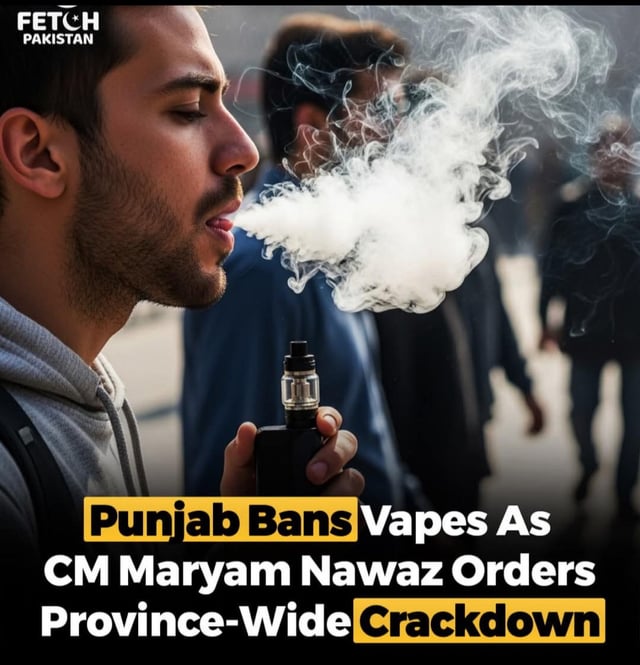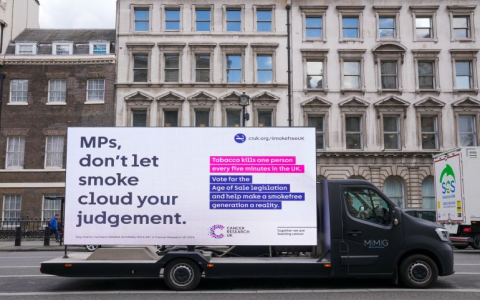The status of electronic cigarettes (e-cigarettes) in Pakistan reflects a complex interplay of evolving market trends, unclear regulations, and significant public health considerations.
Legal & Regulatory Status
Pakistan currently lacks comprehensive federal legislation specifically regulating e-cigarettes nationwide.

- Import of nicotine-containing e-cigarettes and e-liquids requires authorization from the Ministry of National Health Services, Regulations and Coordination (NHSRC) under SRO 72(I)/2023.
- Significant illicit trade exists, bypassing import regulations and taxation.
- Provinces like Punjab & Sindh have proposed or passed bans on vaping in public places, aligning them with conventional smoking bans.
- Key Challenge: Regulatory ambiguity persists regarding product standards, marketing restrictions, age verification for sales, and taxation.
Market Landscape
The market is rapidly growing, characterized by:
- Diverse Products: Availability ranges from basic rechargeable devices to advanced mods, disposables (subject to import rules), and a wide array of domestic and imported e-liquids (with varying nicotine strengths and flavors).
- Distribution Channels: Sold primarily through dedicated vape shops, online retailers, and increasingly through general convenience stores/tobacco vendors.
- Price Range: Significant variation, from low-cost disposables to high-end devices and imported premium e-liquids.
Health Considerations
Public health perspectives remain cautious:
- WHO Stance: Acknowledged as harmful and not recognized as a safe cessation tool.
- Nicotine Addiction: E-cigarettes deliver addictive nicotine, particularly concerning for youth uptake.
- Health Risks: Associated with potential respiratory and cardiovascular harms; long-term effects are still under investigation.
- Quality Control: The absence of stringent regulations raises concerns about product safety, ingredient transparency, and potential contaminants.
Societal Perception & Usage
Attitudes and patterns show significant variation:
- Often viewed as a “less harmful” alternative to smoking combustible cigarettes, particularly among smokers attempting to quit or reduce harm.
- Growing popularity among younger demographics, influenced by marketing, flavors, and perceptions of modernity/safety.
- Faces criticism from public health advocates concerned about youth initiation, lack of regulation, and potential undermining of tobacco control efforts.
- Usage occurs both privately and increasingly in designated public areas where traditional smoking is restricted.
Statistics & Usage Trends
Definitive national prevalence data is limited.
- General observations indicate rapidly increasing usage, especially in urban centers among younger adults and adolescents.
- Factors driving use include perceived reduced harm compared to smoking, flavor variety, social influence, and marketing.
- Dual use (simultaneous use of e-cigarettes and combustible tobacco) is a documented pattern.










